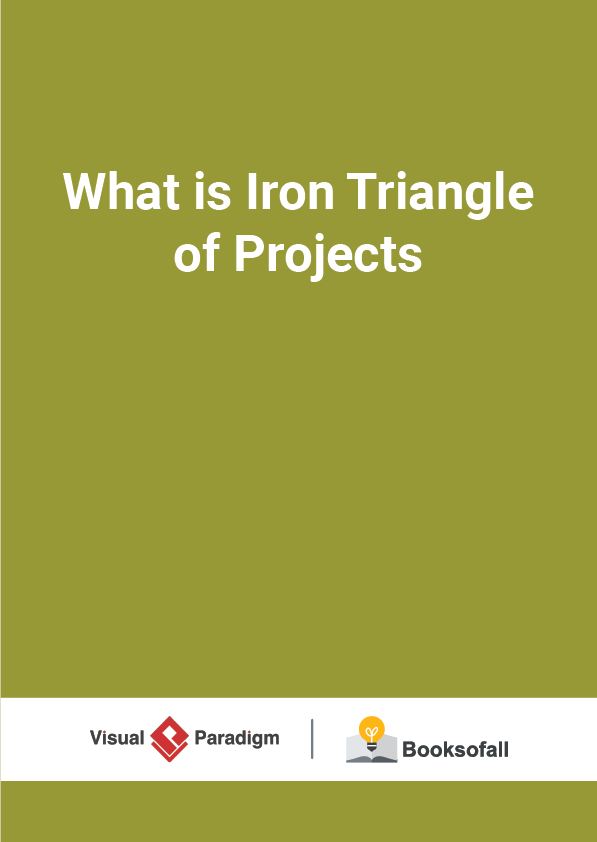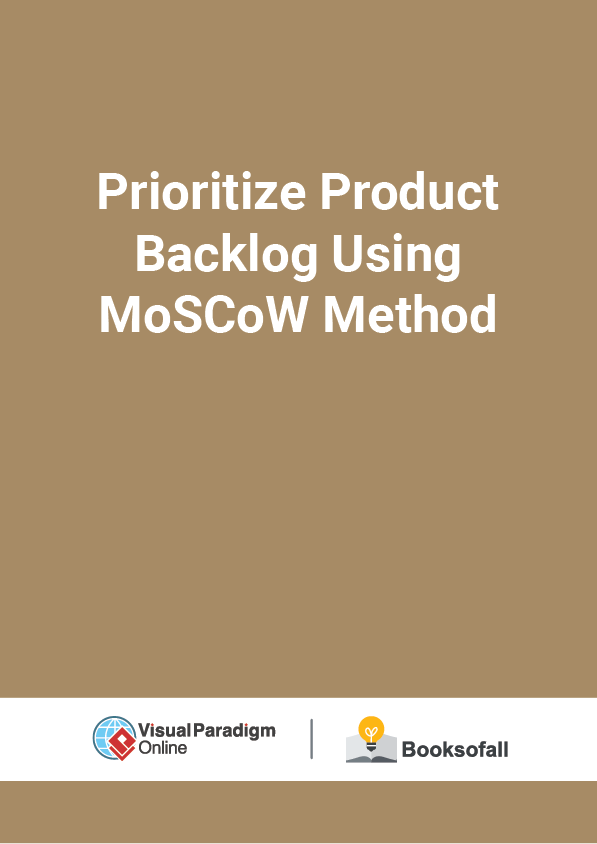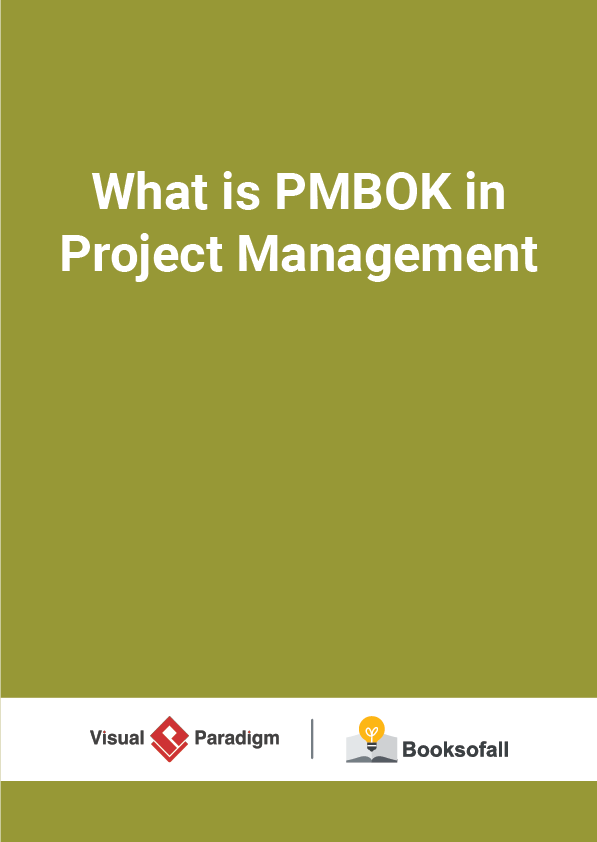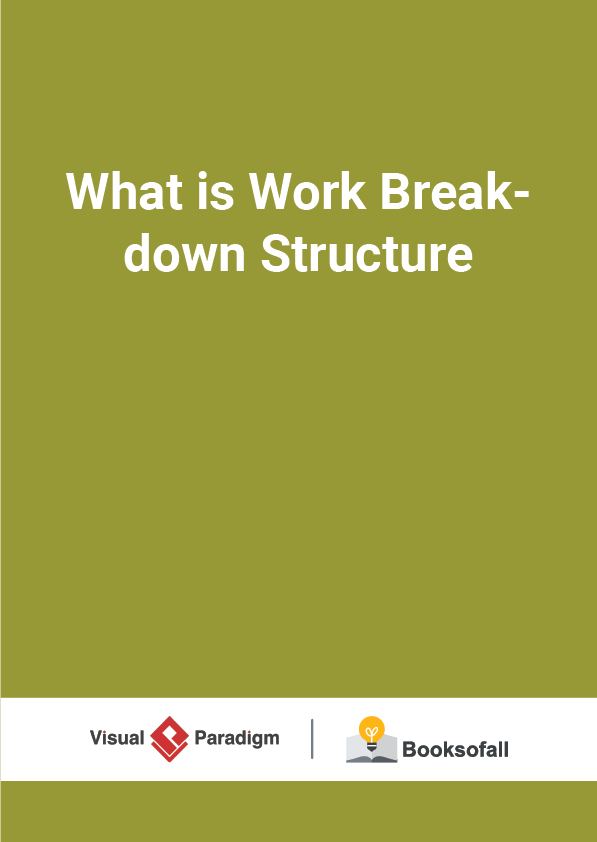What is Agile Project Management?
11-14 minutes
Today, people in all disciplines use Agile project management methods to build structure, accountability, and quality into team workflows. Agile Project Management (APM) is an iterative approach to managing software development projects that focuses on continuous releases and incorporating customer feedback with every iteration. The team can then respond to issues as they arise throughout the project and make a necessary change to a project at the right time. Thus, we can save resources and have a higher chance to deliver a successful project on time and within budget.
Why Agile Project Management?
Agile is an umbrella term used for identifying various models used for agile development, such as Kanban, Scrum, XP, Lean Approach, etc. Breaking work into smaller chunks and working iteratively to improve products and services allows Agile teams to enhance their processes, isolate problems, and achieve specific objectives quickly by using time-boxed collaborative events, a prioritized product backlog, and frequent feedback cycles.
Agile project management helps companies strike a balance between minimizing waste, cutting cost and preserving the quality of the product. Rather than the overwhelming upfront requirements across multiple teams, Agile teams can plan in short sprints with self-organizing teams, allowing them to more easily respond to new requirements or changes.
Agile vs Waterfall – Scope, Time and Cost Triangle
The Waterfall Method’s greatest strengths are its fixed costs and predictability. You know the price, and when it is going to be delivered. Its most significant weakness is its inflexibility. The Agile Method is extremely flexible and could evolve into a significantly different product than was originally envisioned.
The traditional waterfall approach is built upon the basis of the triple constraints of time, cost and scope. Adjusting any of those variables forces a change in at least one of the others. Delivering a successful project is dependent on balancing these three competing variables. But as we know simply adding resources to a project doesn’t always bring about the desired goals. If resources are added late on a software project, it has an adverse effect.
Agile Approach takes a different approach by turning the triple constraints upside down. Rather than viewing scope as fixed at the start, the agile approach sets the time(iterations) and cost (team members) as fixed; the scope is then adjusted to focus on the highest priorities. Agile is built with the expectation that scope will evolve. The goal is to deliver the client’s most important requirements within the budgeted cost and time. Agile allows for new requirements or re-prioritization as the project moves forward.











